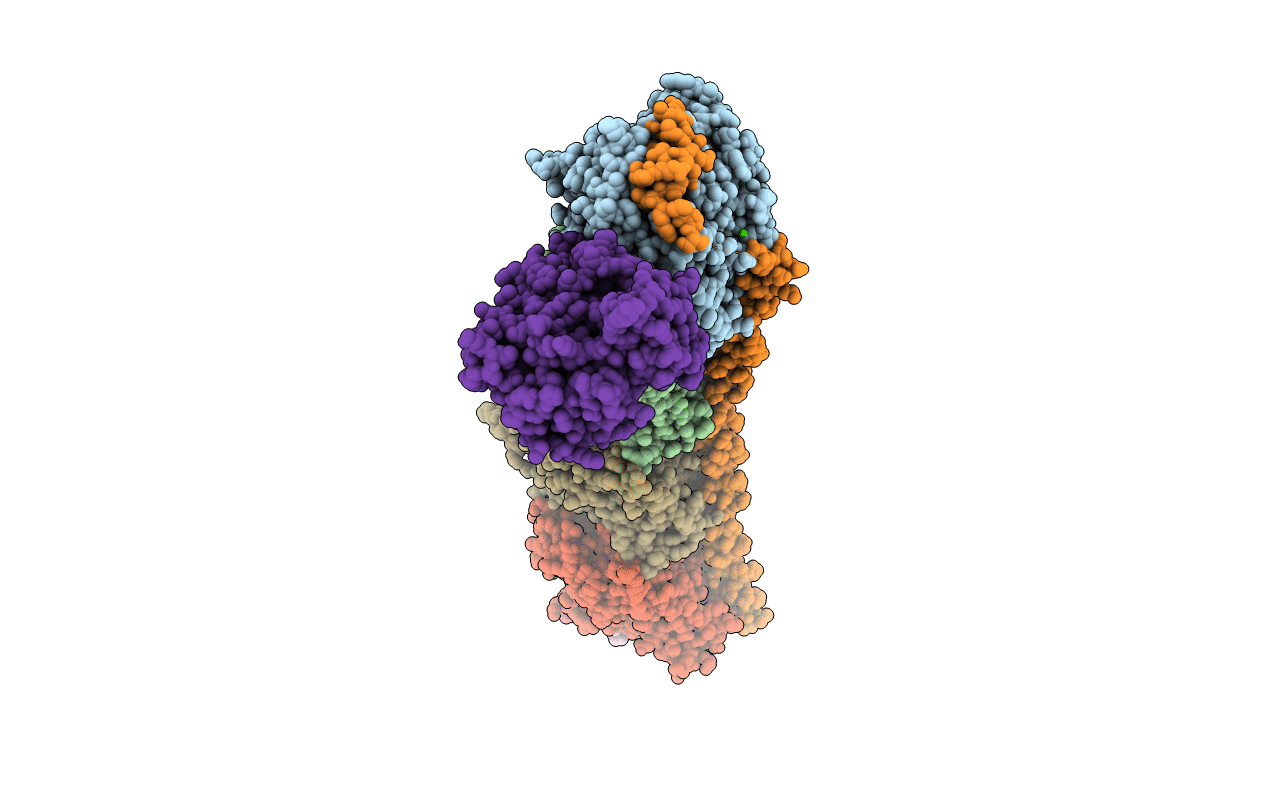
Deposition Date
2016-07-20
Release Date
2016-12-28
Last Version Date
2023-10-04
Entry Detail
PDB ID:
5KX5
Keywords:
Title:
Crystal structure of tubulin-stathmin-TTL-Compound 11 complex
Biological Source:
Source Organism:
Rattus norvegicus (Taxon ID: 10116)
Gallus gallus (Taxon ID: 9031)
Ovis aries (Taxon ID: 9940)
Gallus gallus (Taxon ID: 9031)
Ovis aries (Taxon ID: 9940)
Host Organism:
Method Details:
Experimental Method:
Resolution:
2.50 Å
R-Value Free:
0.25
R-Value Work:
0.19
R-Value Observed:
0.19
Space Group:
P 21 21 21


